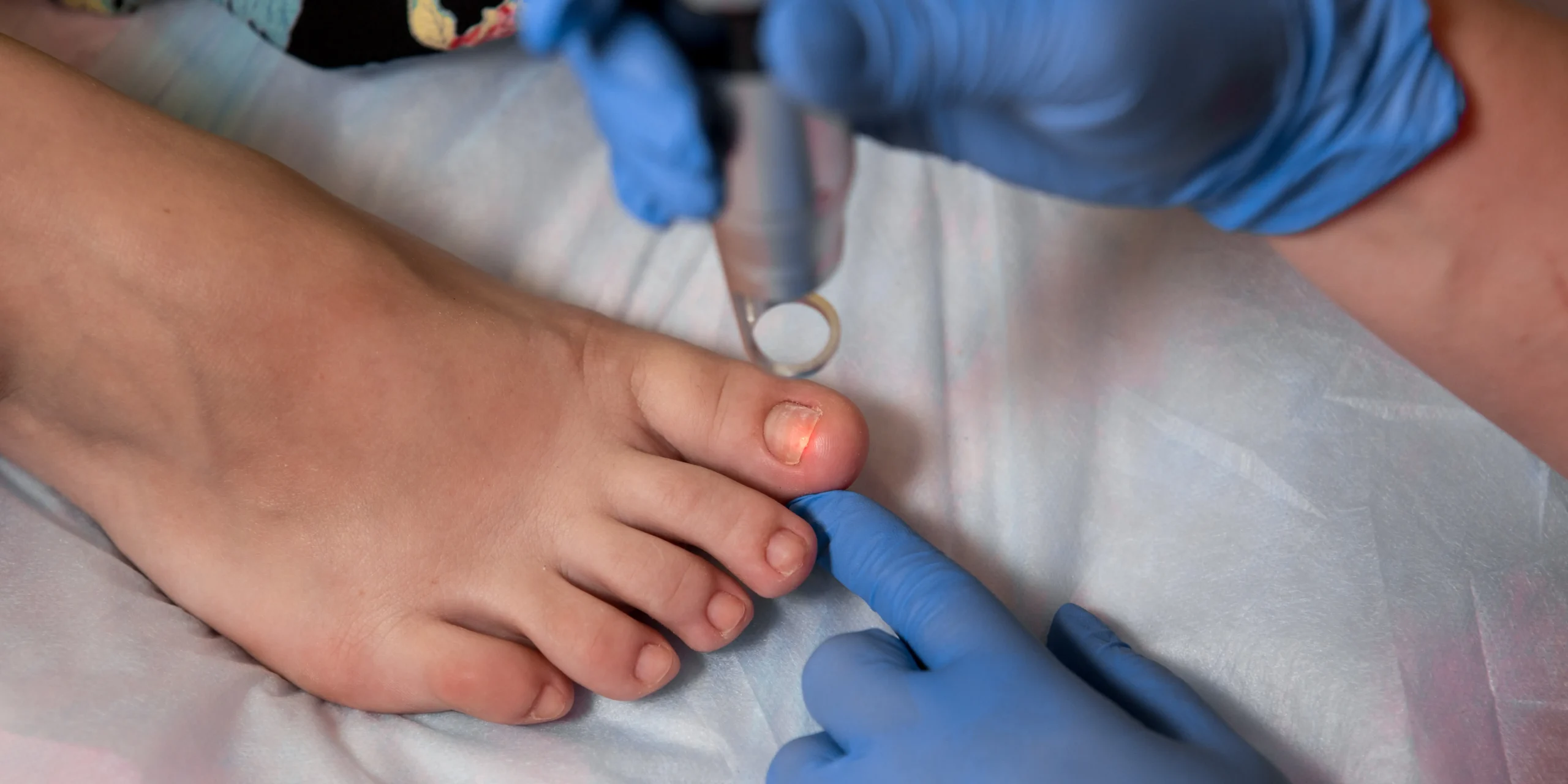

What Causes Thick Toenails And How To Prevent Them
Thick toenails can be caused by a wide variety of causes, with correct foot hygiene and early intervention key for managing the condition.




Free Fast Shipping on Orders Over $60


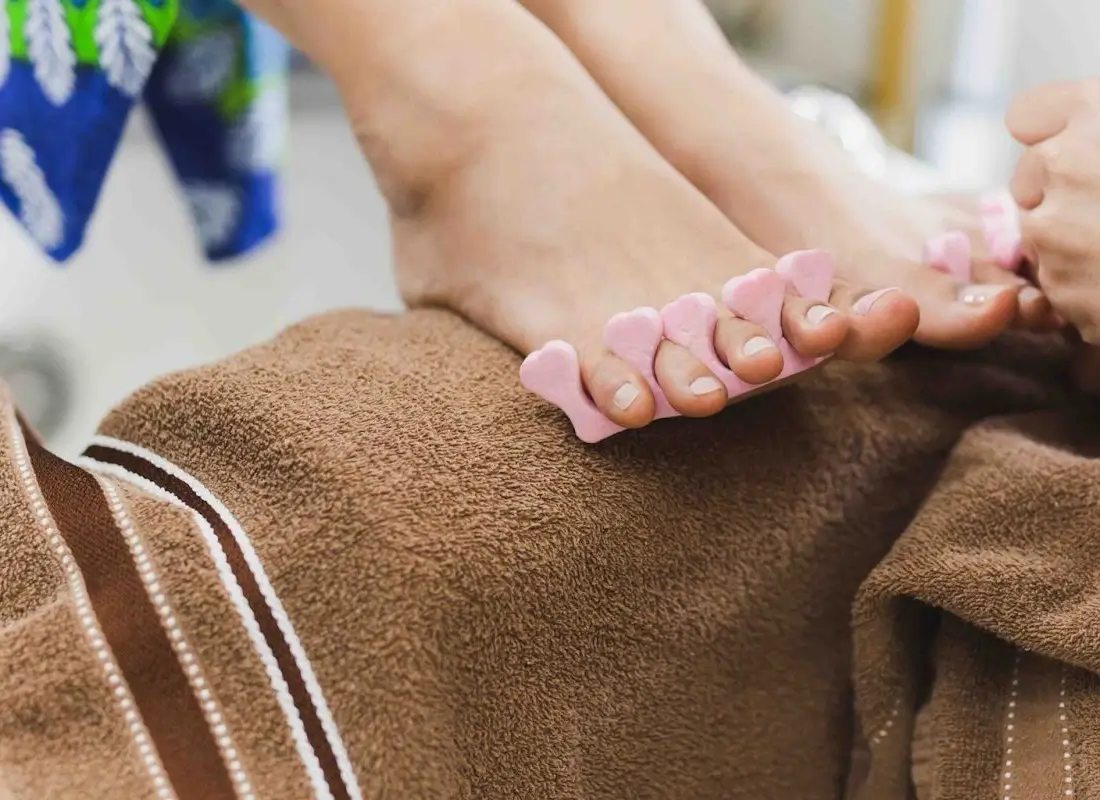

Thick toenails may be a common, mostly harmless condition, but that doesn’t make them pleasant to live with. They’re unsightly at best, outright uncomfortable at worst.
Understanding what causes thick toenails is an essential first step towards both preventing and treating thick toenails. Below, we’ll run through some of the most common and least common causes of thick toenails, as well as outline some handy tips for reducing risk and keeping your toenails in healthy condition.
The best way to treat thick toenails is to prevent them in the first place. Some effective prevention strategies include:

Our blog is authored by the Swissklip founders alongside our trusted medical advisors. What began as a heartfelt solution for Opa’s thick toenails blossomed into a full line of premium self-care tools, all designed with quality and safety in mind. Working closely with podiatrists and dentists, we ensure every article carries medical-grade insights you can trust. Expect practical, expert-backed advice every time.
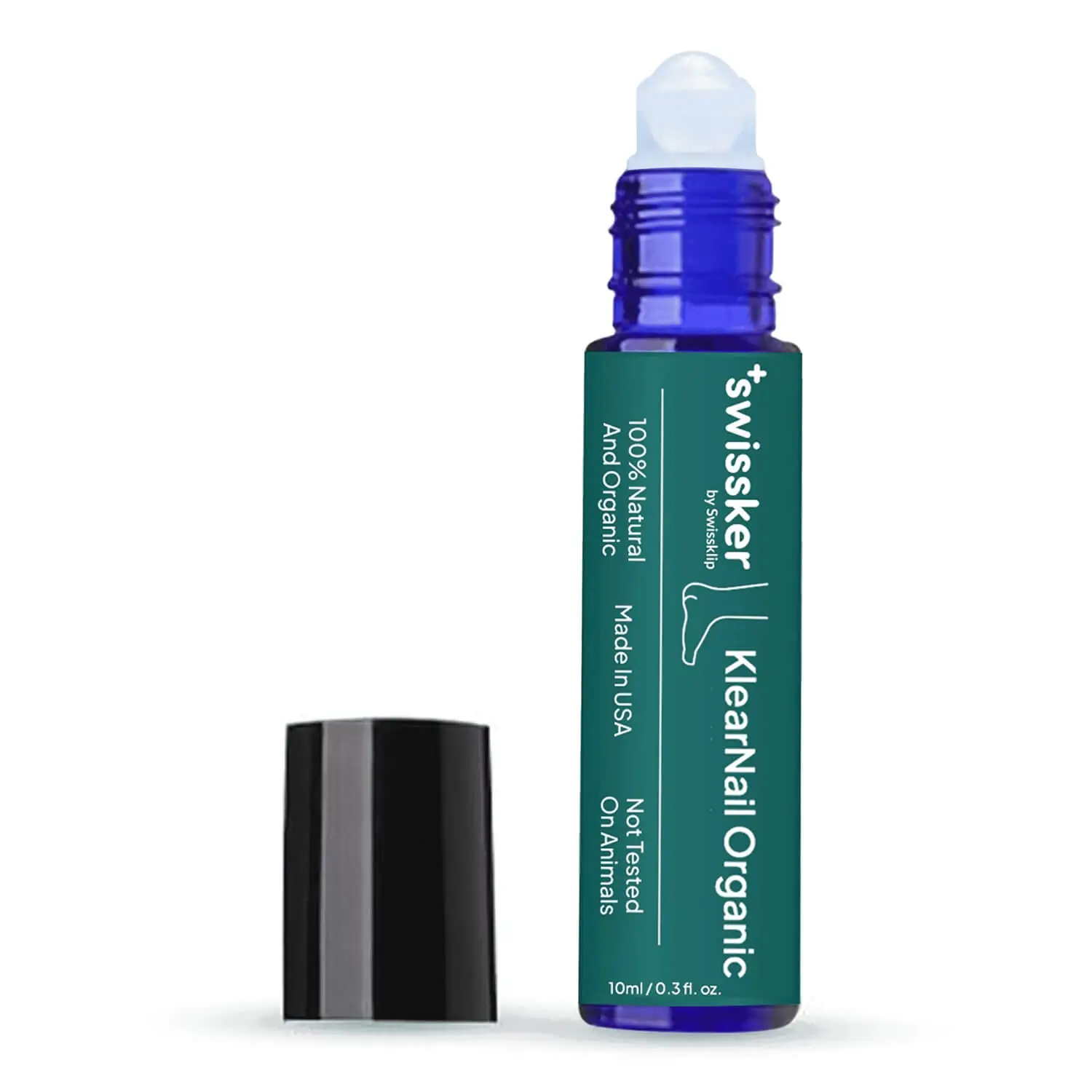

A roll-on solution that kills drug-resistant fungus on contact.
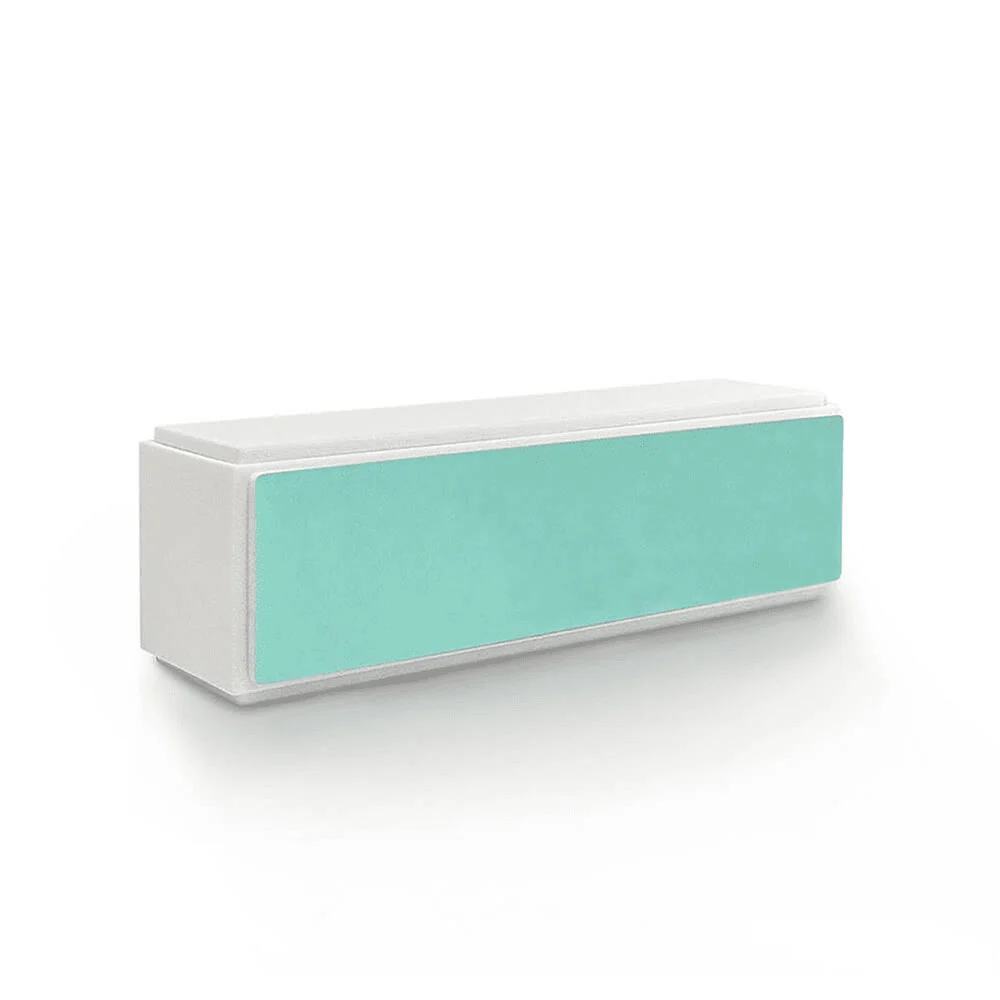

Achieve salon-quality smoothness and a dazzling natural shine
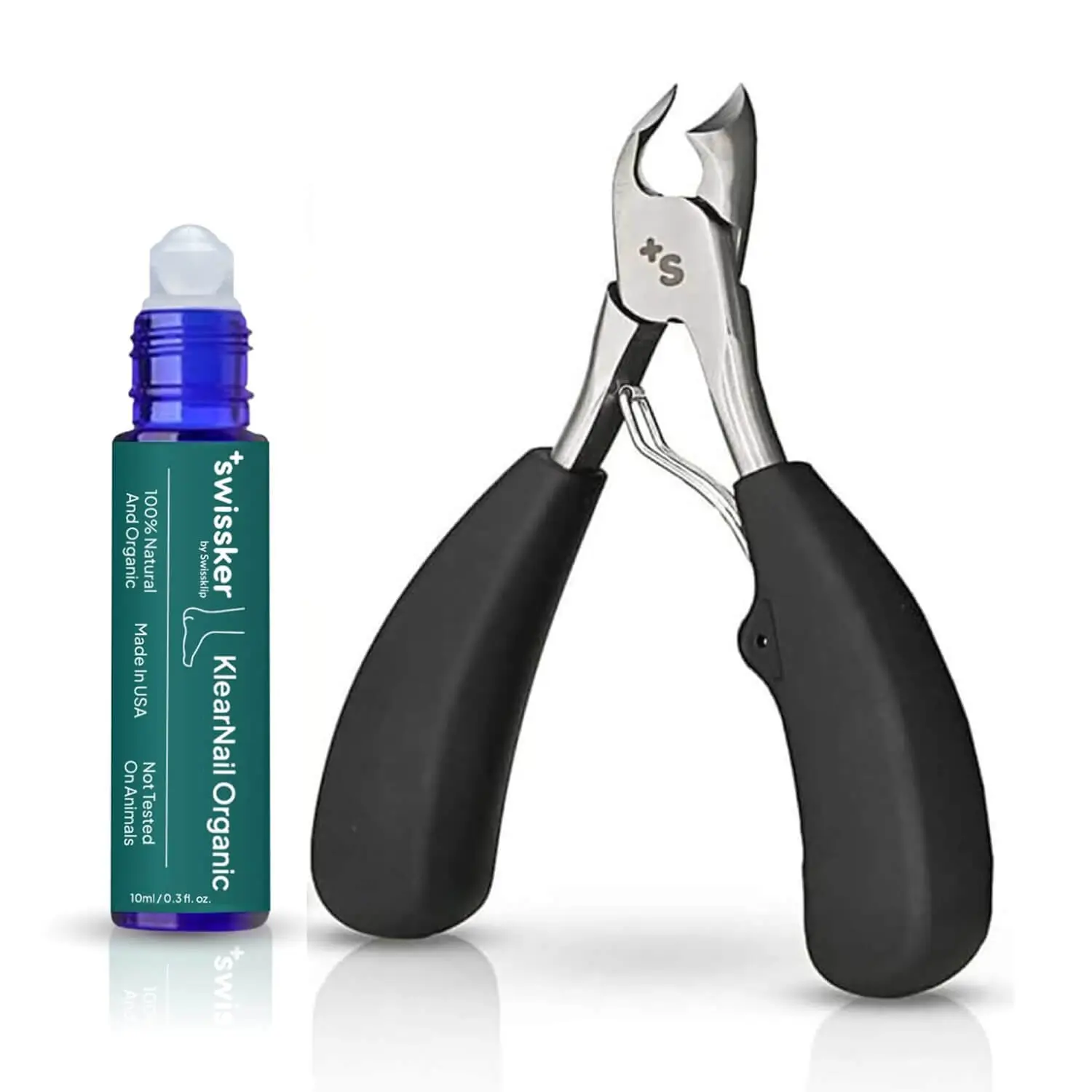

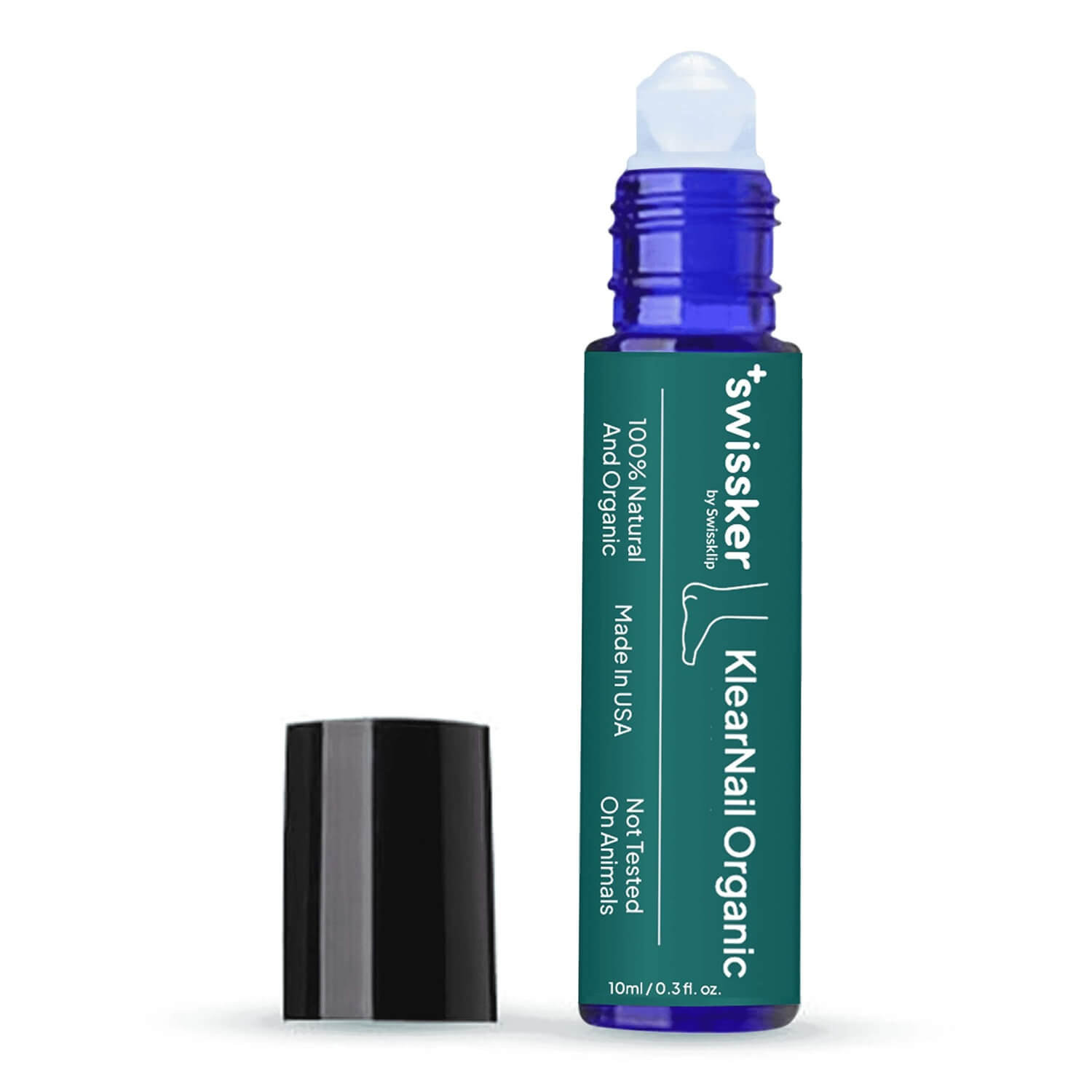

A roll-on solution that kills drug-resistant fungus on contact.
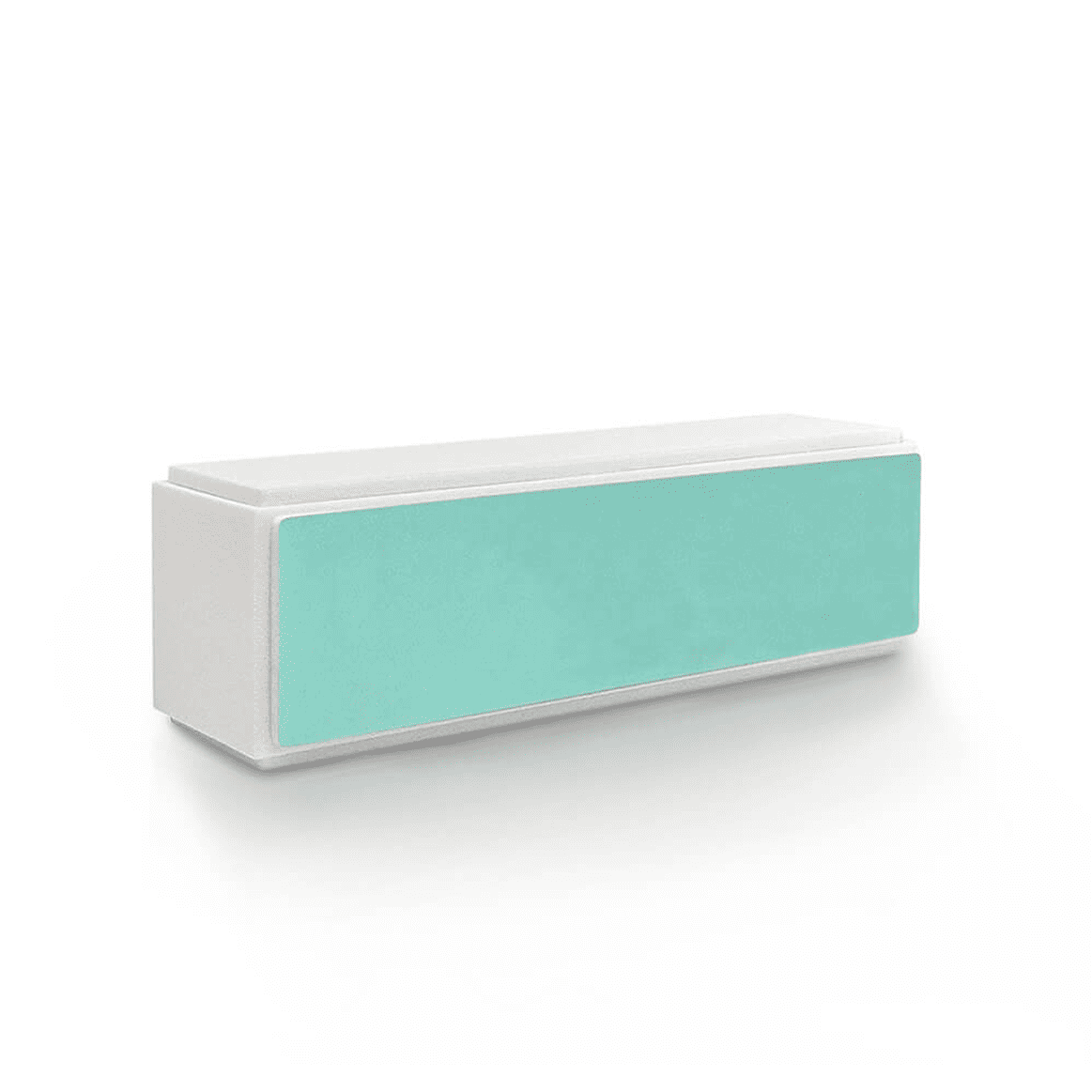

Achieve salon-quality smoothness and a dazzling natural shine
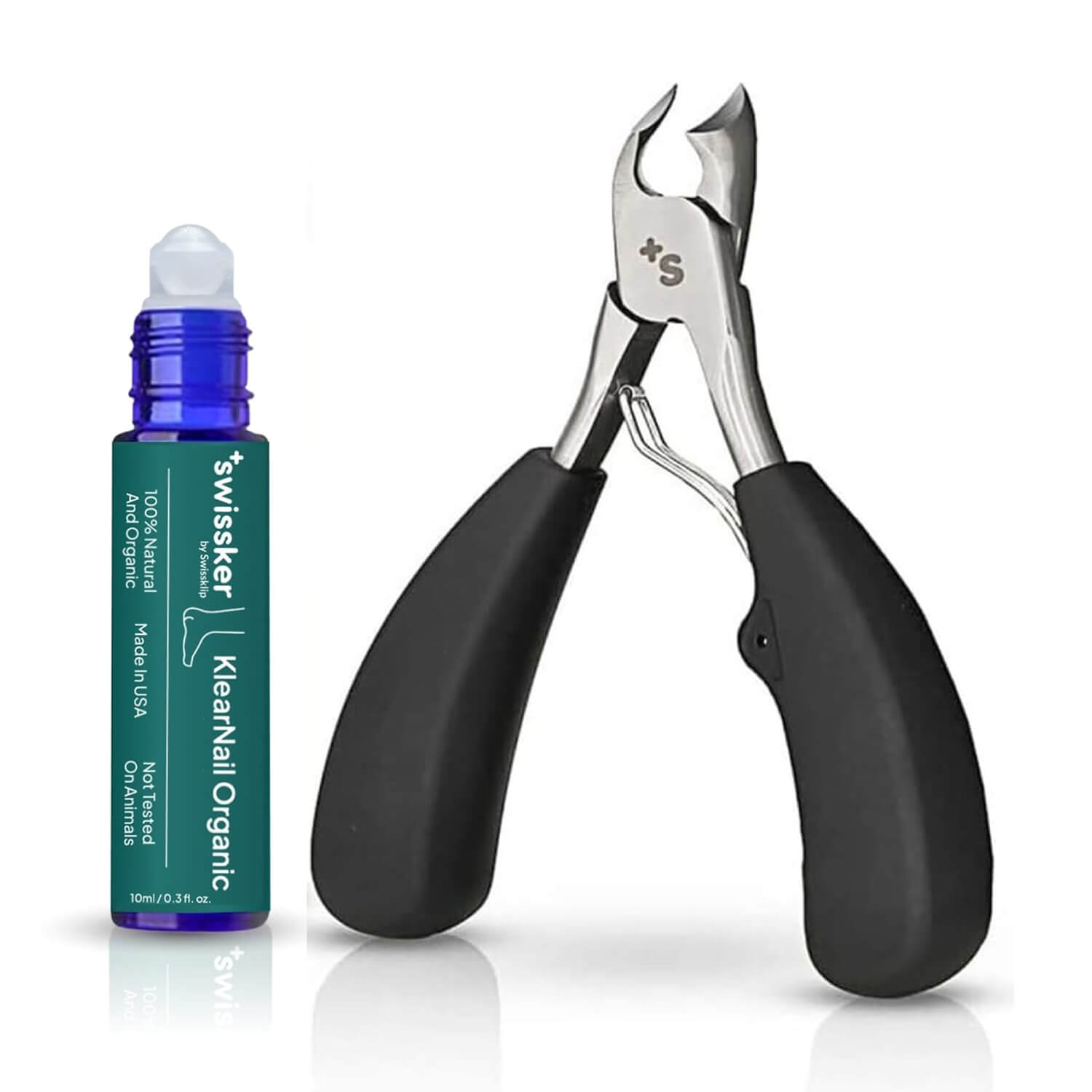



Thick toenails can be caused by a wide variety of causes, with correct foot hygiene and early intervention key for managing the condition.
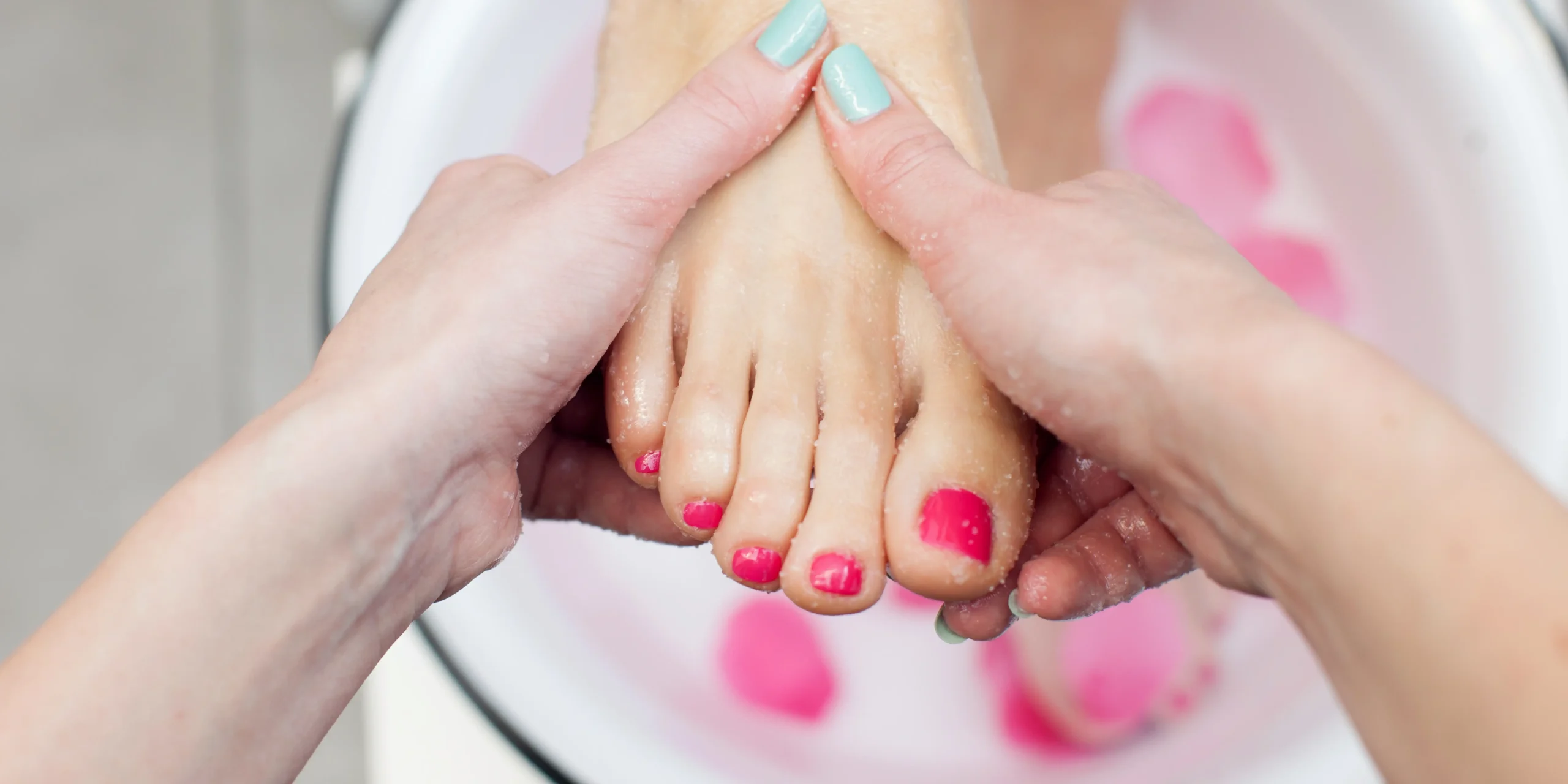

Learn safe, effective ways to soften thick toenails at home with tips, remedies, and care for healthier, more comfortable feet.
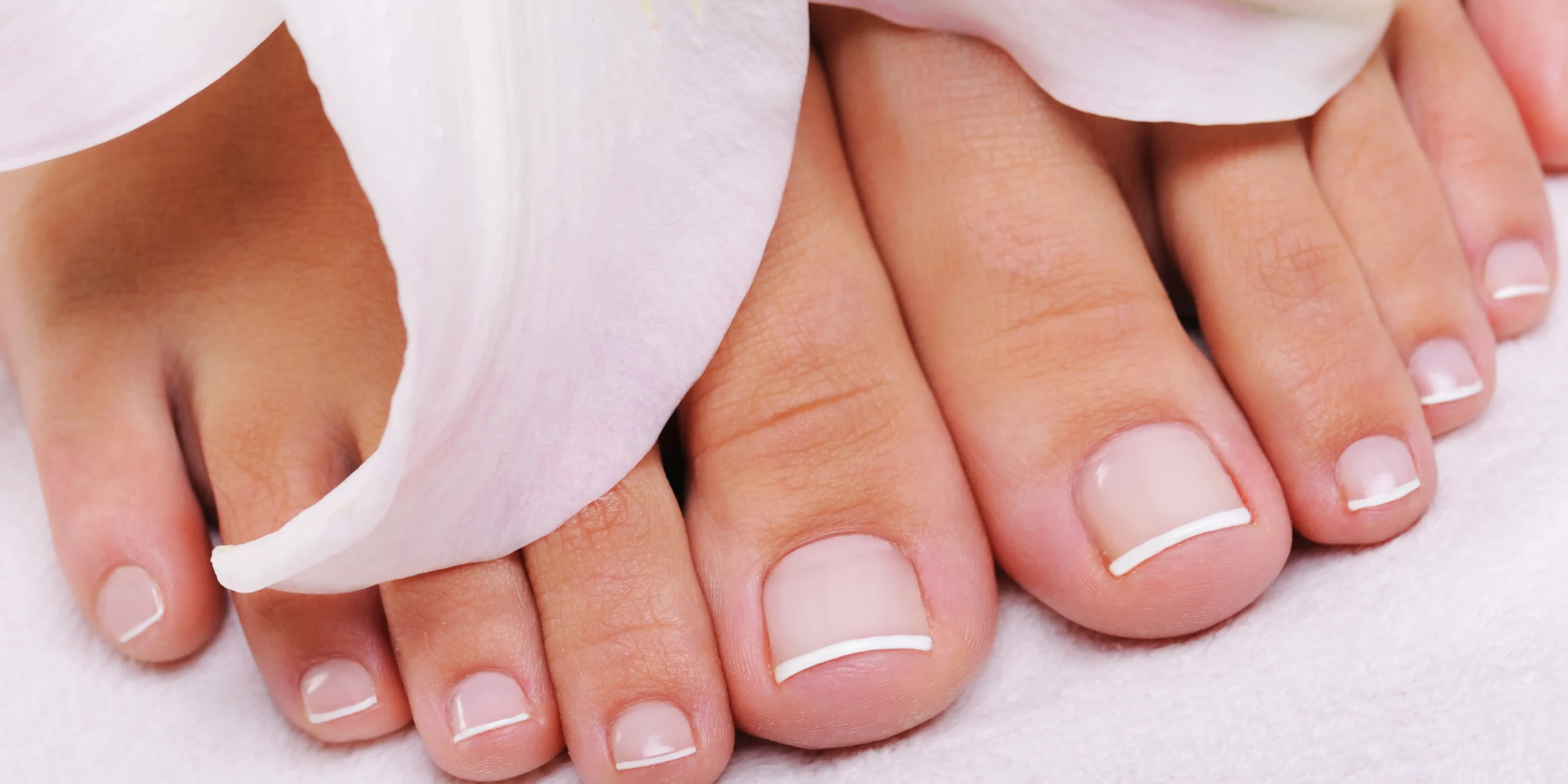

Discover essential nail care tips with key dos and don’ts to keep your nails strong, healthy, and looking their best every day.